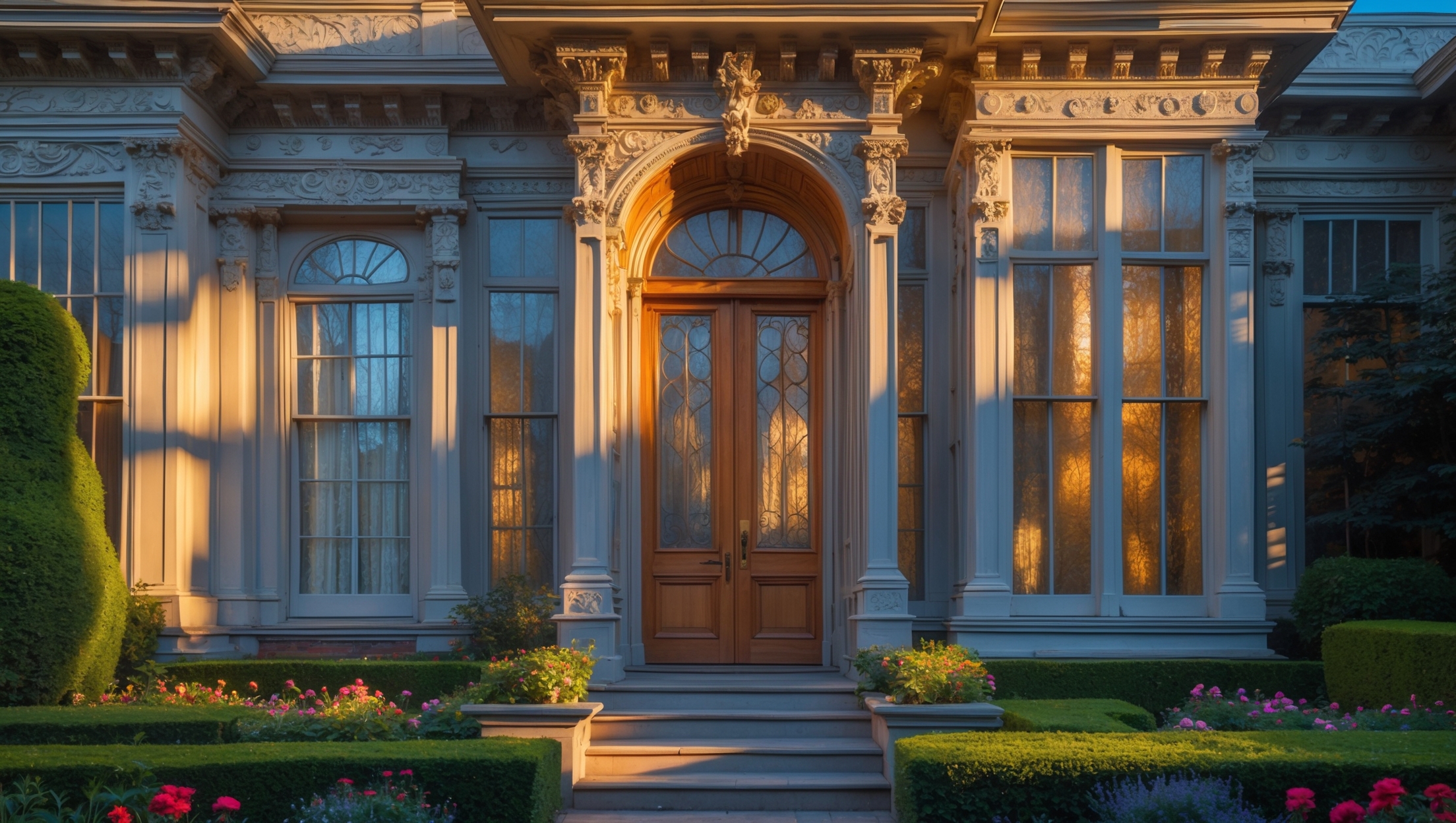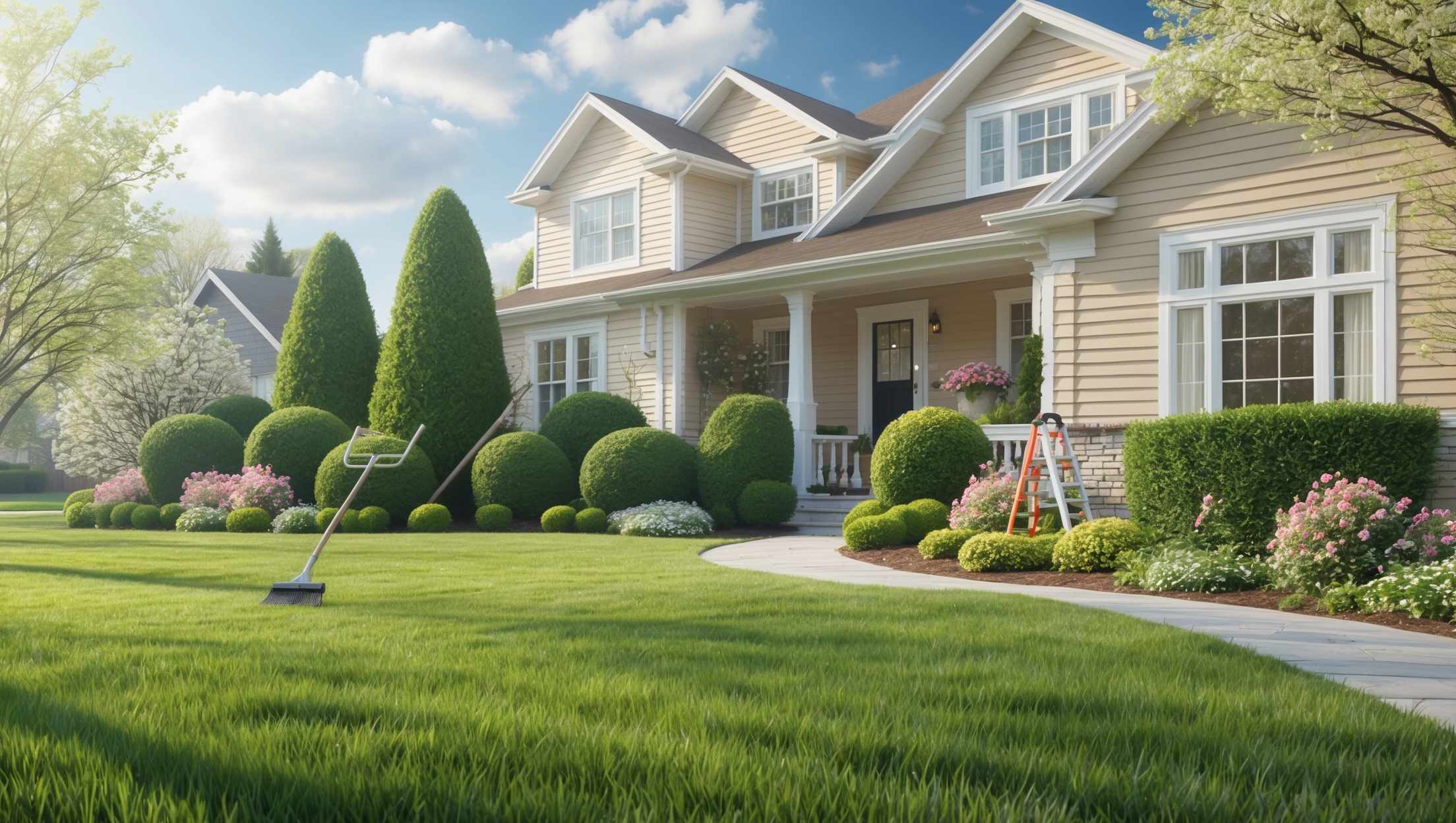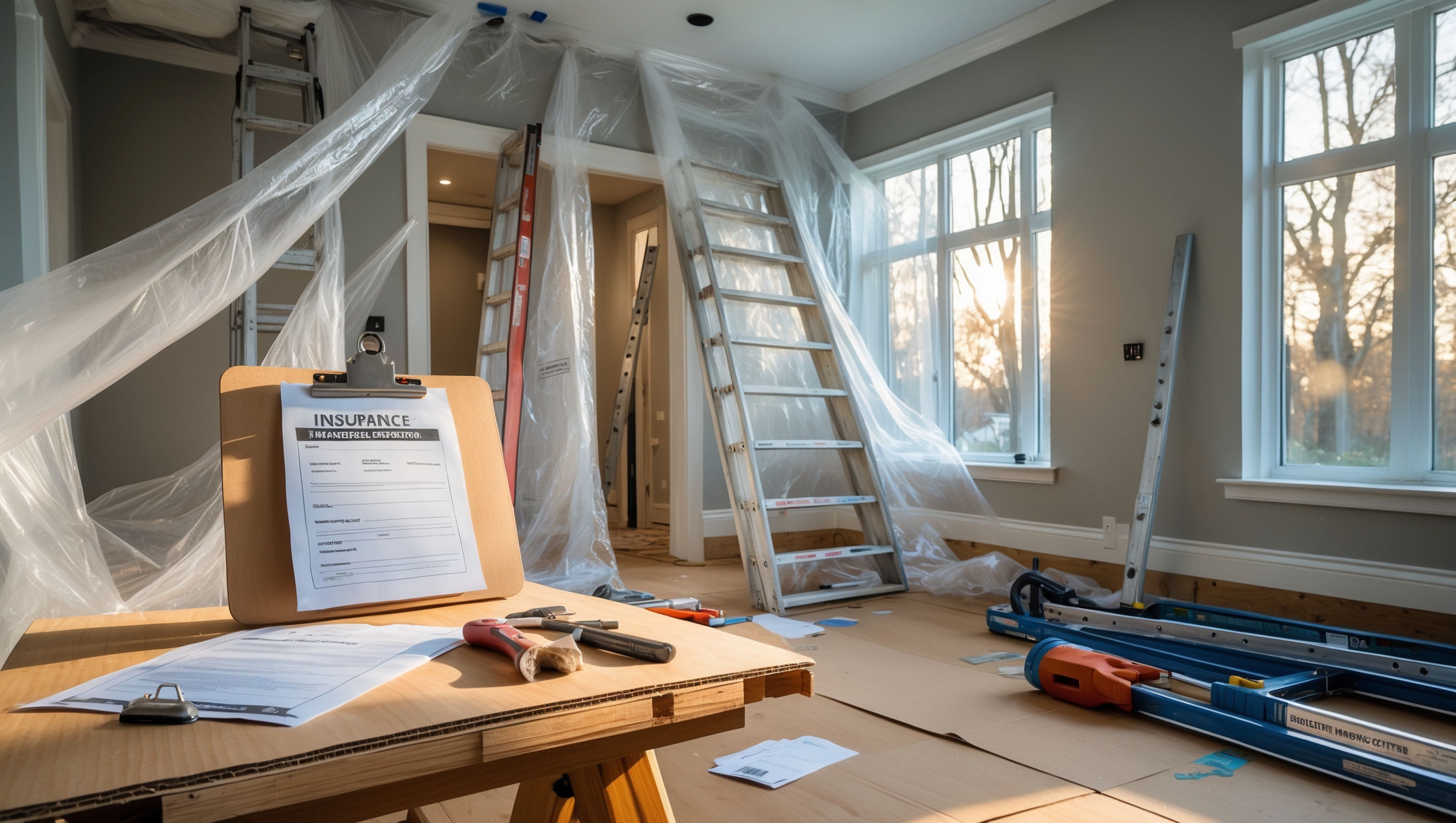Introduction: The Unique Challenge of Improving Historic Homes
Historic homes offer a unique blend of charm, craftsmanship, and history rarely found in new construction. Whether you own a Victorian, Colonial, Craftsman bungalow, or a mid-century gem, the allure of original woodwork, ornate plaster, and old-growth timber is undeniable. But with that charm comes a distinct set of challenges. Modernizing a historic residence is not like updating a newer house—it’s an intricate dance between preserving character, ensuring structural safety, and complying with local regulations. Even seemingly minor upgrades can require navigating a maze of permits, sourcing period-appropriate materials, and managing higher-than-expected costs. As a homeowner, understanding the nuances of historic home improvement is crucial not only for protecting your investment but also for maintaining the integrity of your home’s story. In this comprehensive guide, we’ll explore the essential compliance requirements, cost considerations, and practical upgrade strategies to help you approach your historic home renovation with confidence and respect for its legacy.
Understanding Historic Home Designation and Its Impact
What Counts as a Historic Home?
Not all old homes are officially “historic.” Generally, a property is considered historic if it is listed on the National Register of Historic Places, recognized by a state or local historic registry, or is located within a designated historic district. These designations often come with restrictions that affect exterior (and sometimes interior) modifications, material choices, and even paint colors.
- National Register Listings: Offer recognition and potential tax incentives, but may not restrict private owners unless federal funds are involved.
- Local Historic Districts: Typically enforce the strictest controls, including review boards that must approve visible changes.
- State/Local Registries: Regulations vary but often affect windows, roofs, siding, and additions.
Why Does This Matter?
Knowing your home’s designation is the first step. It determines the legal requirements for any improvements and can affect your project timeline and budget. Failing to comply can result in fines, forced removal of unapproved work, or even loss of eligibility for tax credits and grants.
Navigating Compliance: Permits, Reviews, and Approvals
Step 1: Research Local Regulations
Start with your city or county planning department. Ask specifically about historic property requirements. Some municipalities have dedicated historic preservation offices. Get clarity on:
- Required permits for exterior/interior work
- Application fees and documentation
- Timelines for review board meetings
- Appeals process in case of denial
Step 2: Prepare Detailed Plans
Most review boards require thorough documentation. This typically includes:
- Architectural drawings and elevations
- Photographs of existing conditions
- Material samples (e.g., brick, wood, paint chips)
- Written scope of work, highlighting which elements will be preserved, restored, or replaced
Step 3: Engage with the Review Board
Attend board meetings prepared to explain how your project preserves or enhances the home’s historic character. Be ready to adjust your plans based on feedback. Patience pays off—approvals are rarely granted on the first submission.
Step 4: Secure Required Permits
After the board’s approval, obtain building permits as you would for any major renovation. Expect more inspections and longer timelines.
Budgeting for Historic Home Improvements
Why Are These Projects More Expensive?
Historic renovations often cost 20-50% more than similar work on newer homes. The reasons include:
- Specialized Labor: Craftspeople skilled in traditional techniques are in high demand and command premium rates.
- Material Sourcing: Matching old-growth wood, period-appropriate hardware, and custom moldings increases both cost and lead times.
- Regulatory Hurdles: Permit fees, review board submissions, and additional inspections add to the bottom line.
- Discovery of Hidden Issues: Opening up walls may reveal outdated wiring, rot, or structural deficiencies that must be addressed.
Sample Cost Breakdown
- Window Restoration: $400–$1,200 per window (vs. $300–$700 for replacement in a modern home)
- Roof Replacement (Slate or Tile): $20,000–$60,000 for a mid-size home
- Exterior Painting (Lead-Safe): $10,000–$25,000 depending on size and prep work
- Electrical Upgrades: $8,000–$20,000 for rewiring with minimal wall intrusion
- Permit and Board Fees: $500–$2,500 per project phase
Budgeting Tips
- Build a 20% contingency for unexpected findings.
- Prioritize urgent repairs (roof, foundation, mechanicals) before cosmetic upgrades.
- Explore grants, tax credits, and low-interest loans for historic preservation.
Upgrading Without Compromising Character
Windows: Restore or Replace?
Original windows are a defining feature of historic homes. Whenever possible, restore rather than replace. Restoration retains wavy glass, handmade joinery, and authentic details, while modern weatherstripping and storm windows can boost energy efficiency. If replacement is necessary, choose custom replicas that match the original’s profile and materials.
Insulation and Energy Efficiency
Insulating historic homes is tricky. Blown-in insulation can damage plaster or trap moisture, leading to rot. Instead:
- Add attic and basement insulation where possible.
- Use weatherstripping, caulk, and storm windows to minimize drafts.
- Choose period-appropriate window coverings for added insulation.
Modern Systems: HVAC, Electrical, and Plumbing
Upgrading systems is essential for safety and comfort. Run new wiring and plumbing through existing chases or behind baseboards to minimize damage. For HVAC, consider high-velocity mini-duct systems, which require smaller openings and preserve more of the original structure.
Kitchens and Baths: Blending Old and New
Modern amenities can coexist with historic charm. Use period-inspired cabinetry, tile, and fixtures. Retain or replicate original features like built-in hutches, wainscoting, and clawfoot tubs. Avoid removing walls or changing floor plans unless absolutely necessary for functionality.
Maintaining Historical Integrity: Materials and Techniques
Choosing the Right Materials
Whenever possible, use in-kind materials—wood for wood, slate for slate, etc. Avoid vinyl, aluminum, and synthetic substitutes, which can diminish both value and authenticity. If sourcing original materials is impossible, opt for high-quality reproductions approved by your local board.
Traditional Restoration Techniques
- Masonry: Use lime-based mortar, not modern Portland cement, to allow brick to breathe.
- Woodwork: Repair, splice, and consolidate old wood rather than replacing wholesale. Epoxy fillers and Dutchman repairs are preferred to full replacement.
- Plaster: Patch with traditional lime or gypsum plaster instead of drywall.
Hiring the Right Professionals
Look for contractors with proven experience in historic restoration. Ask for references, view past projects, and verify certifications. Membership in professional organizations (e.g., National Trust for Historic Preservation) is a plus.
Insurance Essentials for Historic Homes
Policy Types and Coverage Gaps
Standard homeowners insurance may not cover the full cost of restoring historic features after damage. Consider a specialized policy that includes:
- Guaranteed replacement cost for period materials
- Coverage for code upgrades and compliance work
- Protection during renovation (builder’s risk insurance)
Documenting Your Home
Maintain a detailed inventory of historic features, including photographs, appraisals, and descriptions. This documentation is invaluable for claims and future restoration work.
Case Study: Restoring a 1920s Craftsman Bungalow
Project Overview
The owners of a 1922 Craftsman bungalow wanted to upgrade their kitchen and repair original windows. Located in a local historic district, the home was subject to strict exterior and interior modification rules.
Challenges
- All visible windows required restoration, not replacement, per the review board.
- The kitchen layout was cramped, and modern appliances didn’t fit easily.
- Lead paint was present throughout.
Solutions
- Windows were painstakingly restored by a specialist, maintaining the original glass and sash.
- The kitchen was reconfigured using custom cabinetry that echoed original woodwork and allowed for modern appliances.
- Lead-safe practices were used for paint removal, and the project included an abatement plan reviewed by local officials.
Outcomes
The project took six months (double the original timeline) and cost 30% more than a comparable non-historic renovation. However, the home’s value increased significantly, and the owners qualified for a local preservation grant.
Common Pitfalls and How to Avoid Them
- Skipping Compliance: Don’t start work without board approval, even in emergencies. Temporary repairs may be allowed, but permanent work can trigger fines or forced demolition.
- Underestimating Lead Times: Custom materials and board reviews add months to your project. Build extra time into your plans.
- Choosing Inexperienced Contractors: Historic restoration is a specialty. Vet your team carefully.
- Neglecting Maintenance: Deferred repairs become more expensive over time. Schedule annual inspections for roofs, gutters, and woodwork.
Conclusion: Preserving the Past, Building for the Future
Improving a historic home is more than a renovation—it’s an act of stewardship. Each decision, from window restoration to kitchen upgrades, impacts not just your property’s value, but also its role in your community’s architectural legacy. Navigating compliance is time-consuming, but it ensures that your improvements respect the craftsmanship and artistry of earlier generations. Budgeting for these projects requires foresight and flexibility, but financial incentives and increased market value can offset the premium. By choosing the right materials, hiring skilled professionals, and investing in proper insurance, you protect your home for years to come.
Historic home improvement is not for the faint of heart, but the rewards are profound. You’ll enjoy unique architectural features, a sense of continuity, and the satisfaction of preserving history for future generations. Approach your next project with patience, expertise, and respect for your home’s story, and you’ll create a living legacy as enduring as the house itself.



